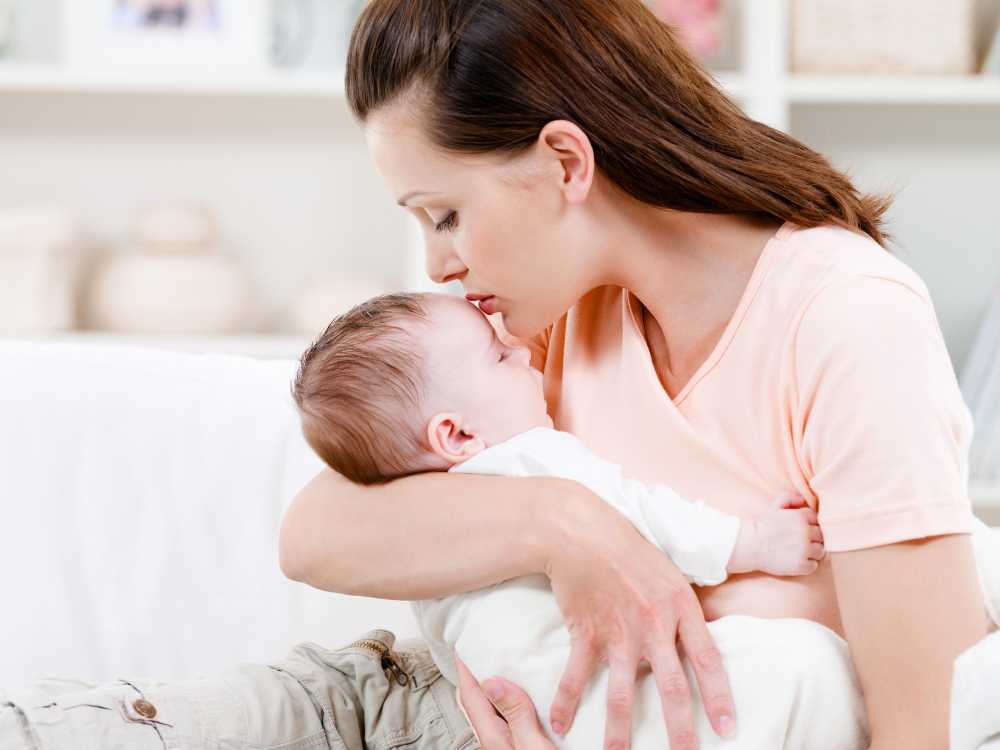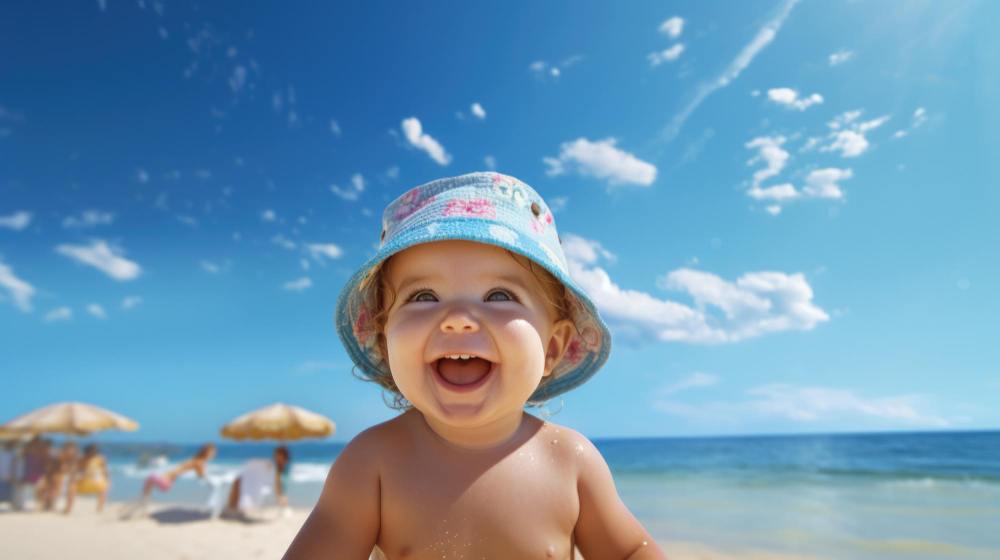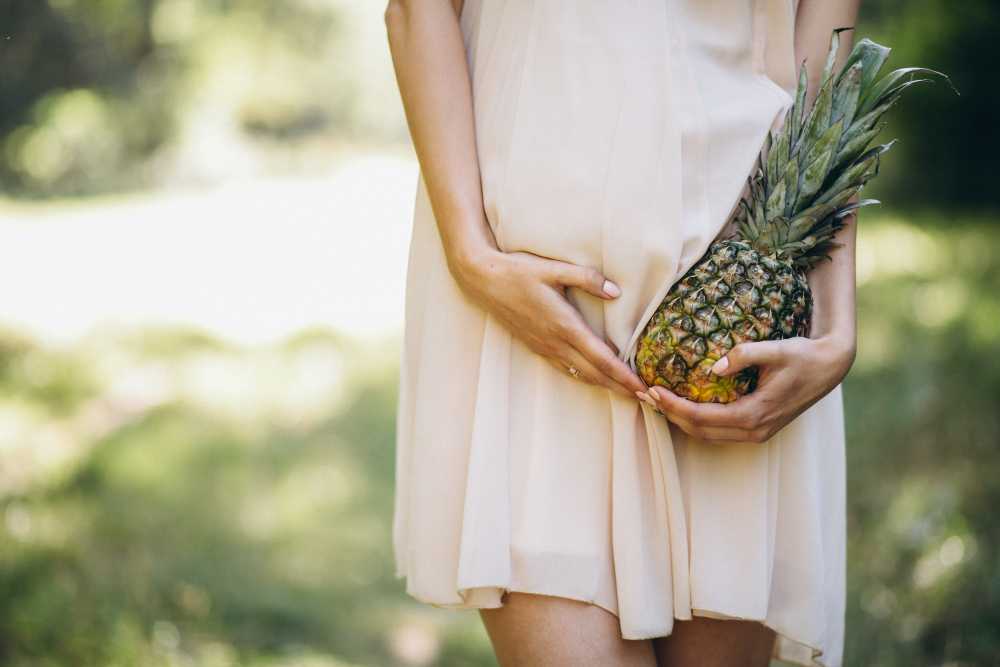Newborns are very delicate and, therefore, must be given a sponge bath for the starting few days. Make sure you get all things ready right beside you before beginning to bathe the baby. Do not leave your baby alone in the bathroom for even 2 seconds; it can be hazardous. If your baby cries or doesn’t like bath time, make sure the room is warm enough, the water isn’t too hot, and you’re keeping them warm by wrapping them in a towel (during a sponge bath).
You can bathe your infant in the whole bathtub after they can sit up on their own. Bath toys or books can help babies enjoy bath time, but be cautious with bubbles, as they can dry out a baby’s skin if used frequently.
Let’s look at the step-by-step guide to bathe your newborn.
- The first step would be ensuring the bathroom is warm. This is crucial as babies can fall sick easily.
- Undress the baby and cover them with a towel.
- Next is to lay them flat on a surface close to you. Make sure you hold the baby if they are not on the ground surface.
- Do not remove the towel altogether; instead, expose only one area at a time for the wash.
- Begin by dipping a clean cloth in warm water and gently wiping your baby’s face and top of the head. To avoid getting soap in your baby’s eyes or mouth, only use warm water without soap for this stage.
- Wipe the top of the head, the chin, outer ears, and eyes with a clean cloth.
- In the Lukewarm water, add a drop or two of soap. Wring out the washcloth after dipping it in soapy water.
- Clean the remainder of the body and the diaper area with soapy water. Clean under their arms and around their genital area.
- Dry your infant thoroughly, particularly between the creases of their skin.
- Replace the dirty diaper with a new one. You can also keep their head warm while they dry off by using a towel with a built-in hood.
What soap do babies need?
Avoid giving newborn soaps that we as adults use as they might not suit their skin because babies have delicate skin. Instead, you can use a baby wash while bathing your baby.
What Is the Right Temperature of Water for babies?
Remember, babies have very delicate skin; therefore, they shouldn’t be given very hot water. Their water should be warm around 37C and 38C. To check the temperature, use a bath thermometer, or you can also feel the water with your wrist or elbow to make sure it’s warm, not hot.
How often should a baby be bathed?
In the first year of life, your infant doesn’t require more than three baths each week, If you wash the diaper area thoroughly every time you change your infant, this is generally adequate.
Bathing your infant once or twice a day is fine, but bathing him or her more frequently than that could dry up their skin. This is especially true if you’re using soap or another type of baby wash.
![]()











